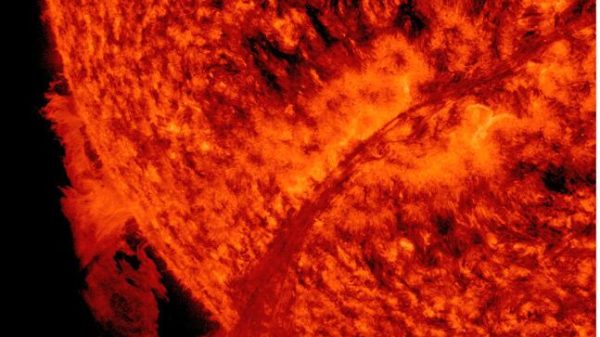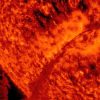The activity of underground mountains can change the level of the World Ocean and accelerate the melting of glaciers
A recent scientific report highlights the contrast between the cold on Antarctica's surface and the potential heat underneath, and has also revealed that the frozen continent contains the largest volcanic area on Earth under ice cover. Antarctica, which has up to 138 volcanoes, has raised questions about volcanic activity in its ice-covered lands. A study published in the Journal of the Geological Society identified 91 of these volcanoes, but scientists are having difficulty determining their levels of activity due to the ice cover.

Two volcanoes have been classified as active: Deception Island and Mount Erebus, which has been continuously active since 1972, which characterized by gas emissions and a rare phenomenon — a permanent lava lake in one of the craters at its summit. Deception Island last erupted in 1970 and remains closely monitored, although no activity is expected at this time.
Despite the presence of active volcanoes in Antarctica, forecasting eruptions on the continent is fraught with uncertainty, a situation compounded by the logistical challenges associated with maintaining the necessary monitoring instruments in such harsh conditions.
The discovery of a vast volcanic region beneath Antarctica's ice has significant implications not only for geology and volcanology, but also for industries related to climate research and monitoring equipment. The presence of numerous volcanoes beneath the ice sheet challenges current understanding of the geological forces at play, the Geological Society said. It also impacts the scientific community's understanding of how volcanic activity could potentially accelerate ice melt and affect global sea levels.
Forecasts for the sector are optimistic, with demand for advanced seismological instruments that can withstand extreme conditions increasing. These instruments are critical for monitoring volcanic activity beneath the ice sheet and providing data on seismic events. Moreover, climate research represents a significant market, driven by the need to understand the interaction between volcanic heat and ice sheets.
Researchers recognize the potential impact of Antarctic volcanoes on ocean currents and weather patterns around the world, creating an urgent need for ongoing monitoring and analysis.


























































Свежие комментарии